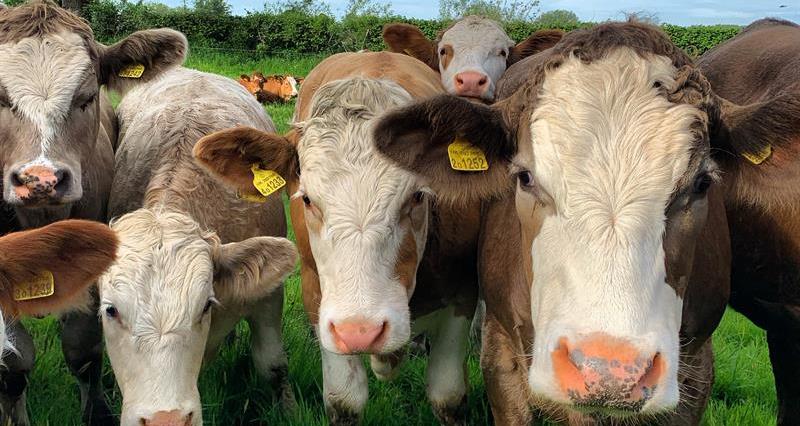Following on from its manifesto commitment, the government has today (30 August) launched a bTB eradication strategy that will end the badger cull by the end of the present parliament.
The government says its new approach will ramp up cattle control measures, wildlife monitoring and badger vaccinations.
Work to end the cull will start immediately and include:
- A badger population survey
- New national wildlife surveillance programme
- Establish a new Badger Vaccinator Field Force
- Badger vaccination study
The government says it will also accelerate work on the development of a cattle vaccine with the next stage of field trials commencing in the coming months.
Read the full announcement at:
‚ÄúIt is absolutely vital that this new strategy draws on all methods to control this devastating disease, especially where peer reviewed science has demonstrated benefits.‚ÄĚ
NFU President Tom Bradshaw
NFU President Tom Bradshaw said: “TB continues to have a huge impact on thousands of farming families across the country and the emotional, mental and financial strain this devastating disease causes is enormous.
“Farmers have made incredible efforts to eradicate TB, which has seen us achieve a 20-year low in new herd breakdowns in England.
‚ÄúThis success is down to those farmers and I‚Äôd like to thank them for their continued work to reduce this terrible disease.‚ÄĚ
Drawing on multiple control methods
Three peer reviewed studies, which were conducted at scale, show the significance of wildlife control in helping control bTB. In September 2023, APHA published its analysis evaluating the effectiveness of the bTB strategy in England, with an average 56% decline in bTB rates after four years of control.  
The looks at the former government’s 25 year bTB strategy and was published in 2018. And the , published in 2019, shows reductions in cattle bTB breakdowns of 66% in Gloucestershire and 37% in Somerset.
Tom added: “It is encouraging that the government wants to develop a new TB eradication strategy in consultation with farmers. But it is absolutely vital that this new strategy draws on all methods to control this devastating disease, especially where peer reviewed science has demonstrated benefits.
‚ÄúThe substantial work across the farming and veterinary sector to inform Defra‚Äôs recent consultation to evolve badger controls must be part of Ministers‚Äô consideration.‚ÄĚ
Practical timelines are vital
Tom said that while badger and cattle vaccination trials are encouraging, ‚Äúthese must now be conducted at scale to give a true understanding of how vaccination will benefit wildlife and cattle health and whether it‚Äôs practically feasible‚ÄĚ.
“A cattle vaccine requires a verified Diva test, which distinguishes cattle infected with TB in a vaccinated herd. This test, together with the necessary domestic and international authorisations, must be completed before a cattle vaccine can be used and there must be a practical timeline given to ensure industry-wide accessibility.
‚ÄúWe also need to understand how the additional costs of these approaches will be met.‚ÄĚ
Strategy based on science and evidence
For the past decade, the NFU has worked with government agencies to deliver a comprehensive bTB eradication strategy based on clear science and evidence. It is through this strategy that we have achieved a 20-year low in new TB herd breakdowns in England.
‚ÄúI urge Ministers to move at pace and with a clear view of the science,‚ÄĚ said Tom.
“This terrible disease continues to plague farmers and their livestock, and while significant elements of the government’s proposed TB strategy are still being researched and are not yet deployable at scale, they must not overlook the contribution of the tried, tested and successful disease control model.
“Peer-reviewed scientific papers show that targeted badger culling provides success and has a part to play in a strategy where there is evidence that it is the right tool to contain and reduce TB.
‚ÄúĽ ľ“Ľ™»ňwill continue to work with its members and government to ensure a successful strategy to eradicate TB continues to be based on sound science and evidence.‚ÄĚ



